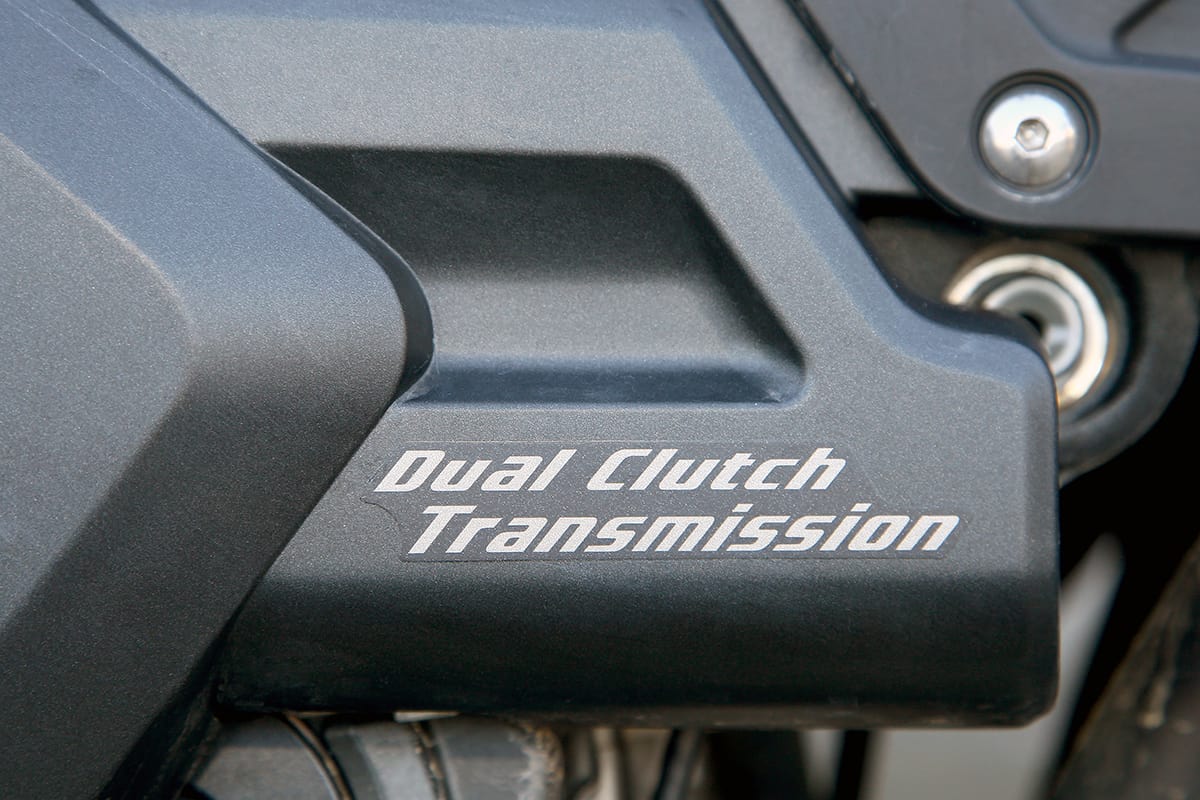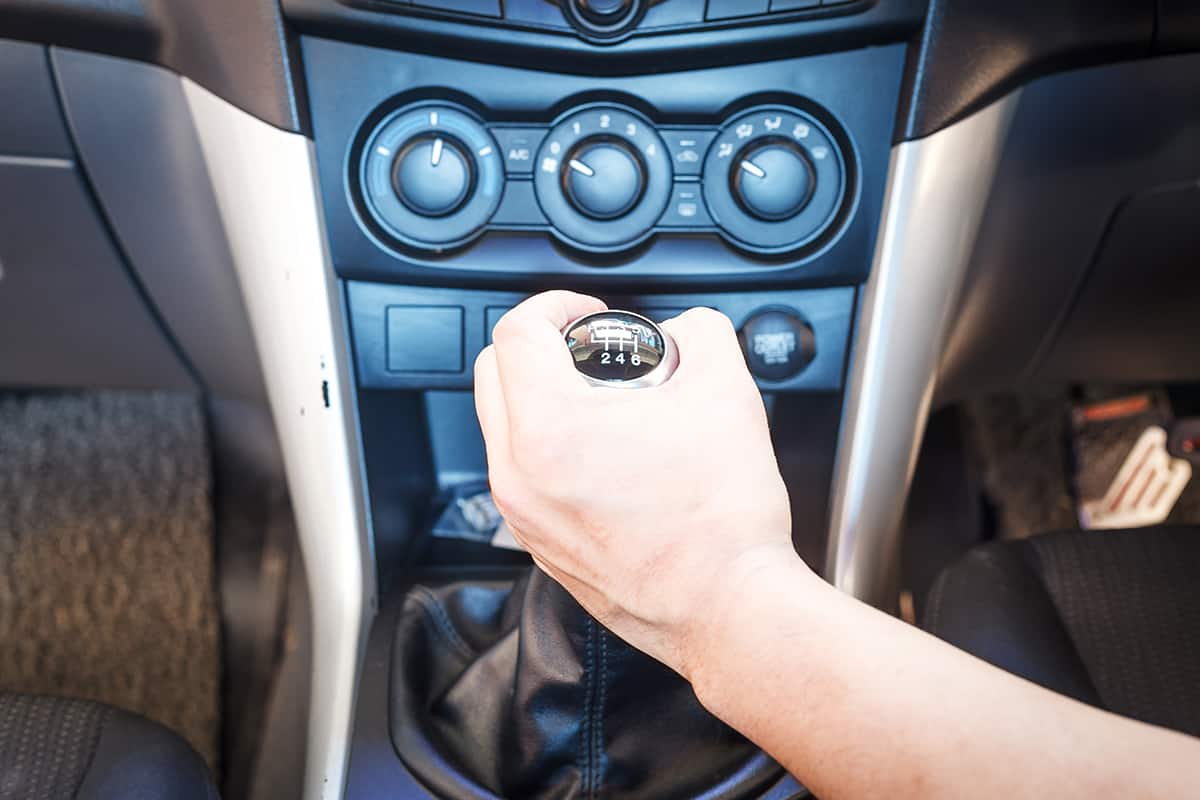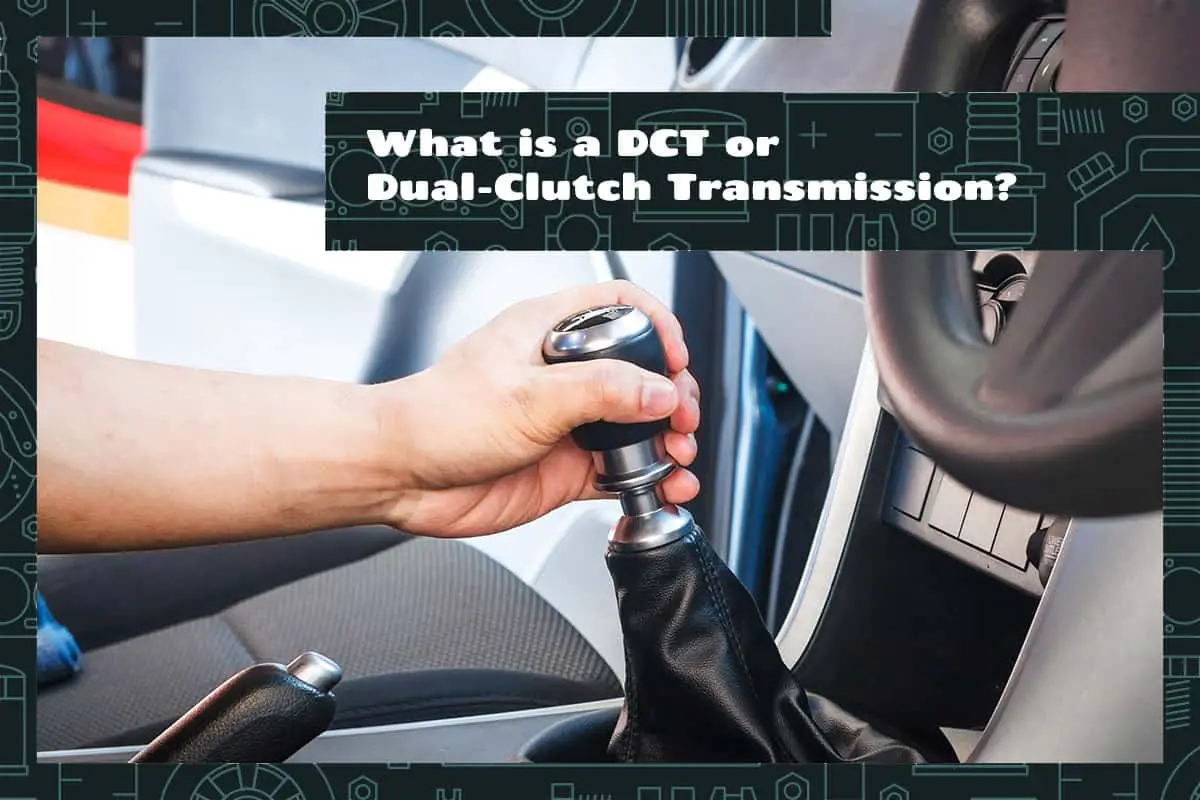Imagine driving your car: you accelerate, the car goes faster, and the gears change smoothly. But how does this happen? What magic is at work inside your car? It’s the job of your car’s transmission, a critical part that helps you control speed and power.
A Dual-Clutch Transmission, or DCT, is a type of vehicle transmission system. It uses two separate clutches for odd and even gear sets. This allows for quicker gear shifts, offering a seamless and efficient driving experience.
In this article, we will dive deep into the world of DCT. We’ll explore how it works, compare it with other transmission systems, and discuss its advantages and disadvantages.
The Basics Concept of Dual-Clutch Transmission (DCT)

To understand a DCT, you first need to understand a traditional manual transmission. In a manual transmission, there’s one clutch. The driver controls this clutch with a pedal, disengaging it to shift gears and then re-engaging it.
In a DCT, however, there are two clutches but no clutch pedal. One clutch controls the odd gears (1st, 3rd, 5th), while the other controls the even gears (2nd. 4th, 6th). The car’s computer system takes care of disengaging one clutch and engaging the other when it’s time to shift gears, which means gear shifts can happen in just a few milliseconds.
Wet vs. Dry DCT
There are two main types of DCT: wet and dry. Wet DCTs use oil for cooling and lubrication. The clutches are bathed in this oil, which reduces friction and heat, but it also requires a bit more energy to move the oil around.
Dry DCTs don’t use oil in the same way. They rely on the normal airflow around the components to keep temperatures down. They’re usually lighter, cheaper, and more efficient in terms of fuel usage.
Components and Design
A DCT system comprises several key parts. The two clutches are the stars of the show. They engage and disengage very quickly under the control of the vehicle’s computer system, allowing the gears to shift almost seamlessly.
Then you have the gear sets. In most DCT systems, the odd and even gears are separate sets. This setup allows one gear to be engaged and transmit power to the wheels while the next gear is pre-selected.
The Transmission Control Unit (TCU) controls everything. It’s the computer system that decides when and how to shift gears based on several factors, including the speed of the vehicle, the position of the accelerator pedal, and the driving mode.
The final piece of the puzzle is the gearbox housing. This encloses all the components of the DCT, protecting them from the outside world and maintaining the correct environment for them to operate efficiently.
Working Mechanism of Dual-Clutch Transmission
A DCT might sound complex, but its working principle is straightforward. This harmony enables swift gear changes and a smoother ride. Let’s dive into the working mechanism.
From Gear Ratios to Shift Times
DCT uses two gear sets, odd and even, facilitating smooth and quick gear changes. While one gear is engaged, the next is pre-selected, ensuring continuous power flow during shifts.
DCT has similar gear ratios to manual transmissions, balancing power and speed. Gear changes are managed by a computer, the TCU, which determines optimal shift times based on these ratios.
Clutches and Gear Sets in DCT
In a DCT, the clutches and gear set work together to make gear shifting smooth and efficient. Remember, there are two clutches in a DCT. One clutch controls the odd-numbered gears, while the other controls the even-numbered gears. This design allows one clutch to disengage from its gear at the exact moment the other clutch engages its gear.
The gear sets are equally important. Each gear set corresponds to a different speed range. When the car accelerates or decelerates, the appropriate gear set is selected by the TCU. The ‘unused’ gear set pre-selects the next gear, waiting for the perfect moment to engage.
How Does DCT Change Gears?
The TCU in a DCT automates gear changes using sensor data like engine speed and driving conditions. While accelerating, the TCU swaps clutches to engage the next pre-selected gear, ensuring smooth shifts. During deceleration, it downshifts for better control. This process eliminates the need for manual gear shifting and clutch control.
Comparing DCT with Other Transmission Systems

We’ve been learning about DCT, but how does it compare with other systems? Let’s find out.
DCT vs. Manual Transmission
Manual transmission is the oldest type of vehicle transmission. The driver manually changes gears using a shift lever and controls the clutch with a pedal. The driver’s skill plays a significant role in the smoothness and efficiency of gear shifting.
A DCT is like a manual transmission but without a clutch pedal. The gear shifting is automatic and managed by a computer. It’s quicker and smoother because one gear is always pre-selected, ready to be engaged. DCT usually wins because it eliminates human error and delays.
DCT vs. Automatic Transmission
An automatic transmission, like DCT, takes care of gear shifting for you. However, an automatic transmission uses a torque converter instead of a clutch to transfer power from the engine to the transmission, which can cause a slight delay when changing gears.
DCT, with its two clutches and pre-selected gears, usually provides quicker, smoother gear changes than an automatic transmission. However, both are convenient because they free the driver from manual gear shifting and clutch control.
DCT vs. Continuously Variable Transmission (CVT)
Continuously Variable Transmission (CVT) doesn’t use gears. Instead, it uses a system of pulleys and belts that can change the engine’s output smoothly across a wide range. This system makes the vehicle very efficient, especially at city driving speeds.
Compared to a CVT, a DCT feels more like a traditional transmission because it has distinct gears. DCT might not match the city-driving efficiency of a CVT, but it usually provides better performance and efficiency at higher speeds and under heavy loads.
The Pros and Cons of Dual-Clutch Transmission
DCTs come with their set of advantages and disadvantages. Understanding these will help you make an informed choice about whether a DCT is right for you.
The Pros of DCT
1. Speedy and Smooth Gear Changes
A DCT allows quicker gear changes than manual or conventional automatic transmissions. This is because one clutch can disengage from its gear at the exact moment the other clutch engages the next gear. As a result, there is virtually no interruption in power flow, making for very smooth gear changes.
2. Greater Fuel Efficiency
DCTs are generally more fuel-efficient than conventional automatic transmissions. This is because the two-clutch setup reduces power loss during gear changes, and DCTs tend to have more gear ratios, which allows the engine to work more efficiently.
3. Enhanced Driving Experience
The quick, smooth gear changes provided by a DCT can make driving more enjoyable. It feels responsive and engaged, giving drivers a sense of control without the need to manually shift gears or operate a clutch pedal.
The Cons of DCT
1. Complexity and Cost
DCTs are more complex than manual or conventional automatic transmissions. They require sophisticated computer control systems and finely tuned mechanical components. This complexity can make them more expensive to buy and maintain.
2. Potential for “Creeping”
When a vehicle with a DCT is in gear but not moving (like when you’re waiting at a traffic light), it may tend to “creep” forward slightly. This is due to the way the clutches engage and disengage. It’s not a safety issue, but some drivers find it annoying.
3. Durability Concerns
While DCTs are generally robust, there can be durability issues, especially in high-performance or heavy-duty applications. The clutches and the gear synchronization system can wear out over time, particularly if the vehicle is often driven hard or used for towing heavy loads.







